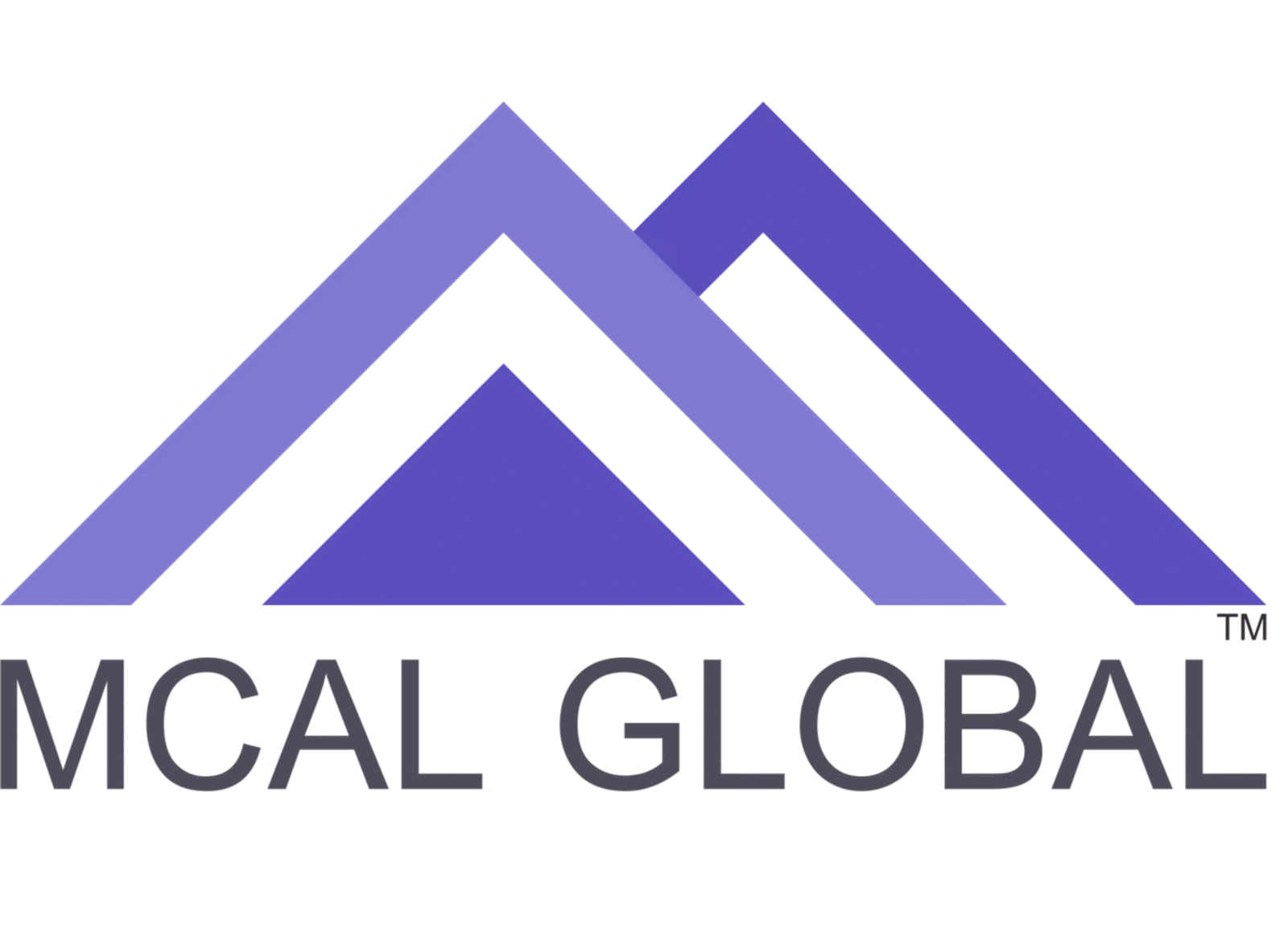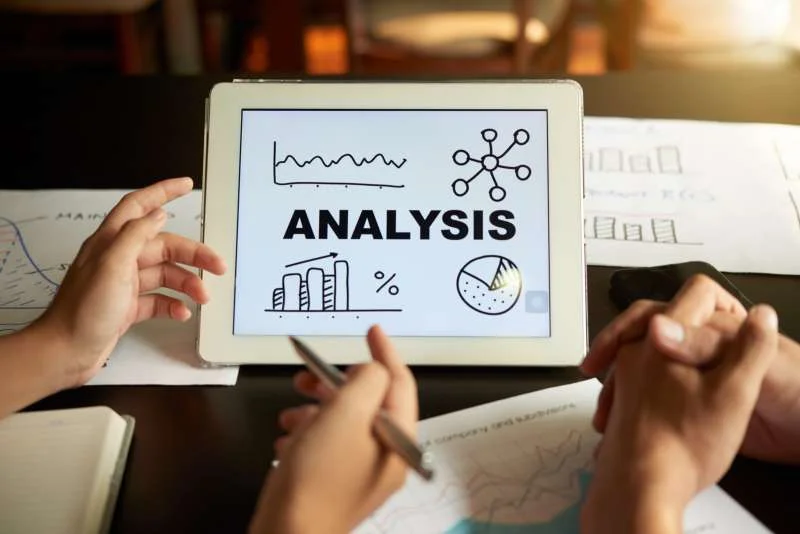In today’s interconnected and complex business landscape, understanding and effectively managing stakeholders is critical for the success of any organization. Stakeholder Analysis is a valuable tool that helps businesses identify and understand their stakeholders, assess their interests, needs, and influence, and develop strategies to engage and manage these key parties. This article aims to provide a comprehensive guide to Stakeholder Analysis, including its definition, process, benefits, and related tools and organizations that can support its implementation.I. Defining Stakeholder Analysis:Stakeholder Analysis is a systematic process that helps organizations identify, analyze, and prioritize their stakeholders. It involves understanding the interests, needs, expectations, and influence of various individuals or groups that have an impact on or are impacted by the organization’s activities, decisions, and outcomes. By conducting Stakeholder Analysis, organizations can effectively engage stakeholders, mitigate risks, and align their strategies to meet stakeholder expectations.II. Process of Stakeholder Analysis:Stakeholder Analysis typically involves the following steps:
- Identify Stakeholders: Identify and list all individuals, groups, or organizations that have an interest or involvement in the organization’s activities. This includes internal stakeholders (employees, managers, shareholders) as well as external stakeholders (customers, suppliers, government, community groups).
- Assess Stakeholder Importance and Influence: Analyze the importance and influence of each stakeholder. Importance refers to the degree to which the stakeholder’s interests, needs, or concerns impact the organization, while influence refers to the stakeholder’s ability to affect the organization’s decisions, actions, or outcomes.
- Analyze Stakeholder Interests and Needs: Examine the interests, needs, and expectations of each stakeholder. This step involves gathering information through surveys, interviews, or focus groups to understand their perspectives, concerns, and desired outcomes.
- Map Stakeholder Relationships and Networks: Identify the relationships and interactions between different stakeholders. This helps visualize the connections, dependencies, and power dynamics among stakeholders and can reveal potential alliances, conflicts, or collaboration opportunities.
- Prioritize Stakeholders: Rank stakeholders based on their importance, influence, and level of support for the organization. This step helps prioritize stakeholder engagement efforts and allocate resources effectively.
- Develop Stakeholder Engagement Strategies: Based on the analysis, develop strategies and plans for engaging stakeholders. This includes defining communication channels, establishing feedback mechanisms, and implementing actions to address stakeholder needs and concerns.
III. Benefits of Stakeholder Analysis:
- Effective Communication and Engagement: Stakeholder Analysis enables organizations to tailor their communication and engagement strategies to effectively reach and involve key stakeholders. By understanding their interests, needs, and preferred communication channels, organizations can foster positive relationships and build trust.
- Risk Mitigation: By identifying and analyzing stakeholders, organizations can proactively anticipate and manage potential risks. This includes addressing concerns, resolving conflicts, and minimizing negative impacts on the organization’s reputation, operations, or projects.
- Decision Making and Strategy Alignment: Stakeholder Analysis provides valuable insights into the perspectives and expectations of different stakeholders. This helps organizations align their decisions and strategies with stakeholder interests, improving the likelihood of successful outcomes and stakeholder satisfaction.
- Opportunity Identification: Through Stakeholder Analysis, organizations can identify new opportunities for collaboration, innovation, or partnerships. By understanding stakeholders’ expertise, resources, and networks, organizations can leverage these relationships for mutual benefit.
IV. Tools and Organizations for Stakeholder Analysis:
- Power/Interest Grid: The Power/Interest Grid is a simple tool that helps classify stakeholders based on their level of power and their level of interest or involvement in the organization. It helps prioritize stakeholder engagement efforts and tailor communication strategies accordingly.
- Salience Model: The Salience Model, developed by Mitchell, Agle, and Wood, categorizes stakeholders based on three attributes: power, legitimacy, and urgency. It helps identify the most salient stakeholders, those with high levels of power, legitimacy, and urgency, who require special attention and engagement.
- Stakeholder Mapping: Stakeholder Mapping visually represents stakeholders and their relationships using a matrix or diagram. It helps identify the connections, dependencies, and influence among stakeholders, providing a holistic view of the stakeholder landscape.
- GRI Standards (Global Reporting Initiative): The GRI Standards provide guidelines for sustainability reporting and include specific requirements for stakeholder engagement. The GRI Standards can help organizations structure their Stakeholder Analysis and reporting processes to meet global sustainability reporting standards: https://www.globalreporting.org/
- International Association for Public Participation (IAP2): IAP2 is an international organization that promotes public participation and stakeholder engagement. They offer resources, training, and best practices for effective stakeholder engagement: https://www.iap2.org/
- PRINCE2® (Projects in Controlled Environments): PRINCE2® is a project management methodology that includes stakeholder management as a key component. It provides guidance and best practices for identifying, analyzing, and engaging stakeholders in project environments: https://www.axelos.com/best-practice-solutions/prince2
Please note that the mentioned tools and organizations are reputable sources that provide resources, guidelines, and best practices related to Stakeholder Analysis. It is always advisable to explore additional resources and verify the credibility of any tool or organization before implementing them in a specific context.Conclusion:Stakeholder Analysis is a vital process that helps organizations identify, analyze, and engage their stakeholders effectively. By understanding stakeholder interests, needs, and influence, organizations can build positive relationships, mitigate risks, and align strategies to meet stakeholder expectations. Implementing Stakeholder Analysis using appropriate tools and guidance from reputable organizations can enhance communication, decision-making, and overall organizational performance.References:
- Freeman, R. E., Harrison, J. S., Wicks, A. C., Parmar, B. L., & De Colle, S. (2010). Stakeholder Theory: The State of the Art. Cambridge University Press.
- Mitchell, R. K., Agle, B. R., & Wood, D. J. (1997). Toward a Theory of Stakeholder Identification and Salience: Defining the Principle of Who and What Really Counts. Academy of Management Review, 22(4), 853-886.
- Global Reporting Initiative (GRI). (2022). GRI Standards: The Global Reporting Initiative. Retrieved from https://www.globalreporting.org/
- International Association for Public Participation (IAP2). (2022). IAP2: International Association for Public Participation. Retrieved from https://www.iap2.org/
- AXELOS. (2022). PRINCE2. Retrieved from https://www.axelos.com/best-practice-solutions/prince2
For better understanding join MCAL Global’sMaster Business Analysis Training – MBATâ€. MBAT is the flagship business analyst course. MCAL Global has trained more than 2000 professionals on the business analysis processes, concepts, tools, techniques, best practices, business analyst certification, and software tools via this program.
Through active feedback collected from individuals & corporates, MCAL Global has perfected this business analyst course via numerous updates and revisions to deliver the best possible results for individuals or corporates.MCAL Global conducts a classroom for this business analyst course in Pune and Mumbai, else you can join our live online business analyst course from anywhere.
MCAL Global has trained professionals from the United States, UAE – Dubai, Australia, United Kingdom, and all major cities from India through our live instructor online business analyst courses. You can send your interest by visiting our contact us page.


